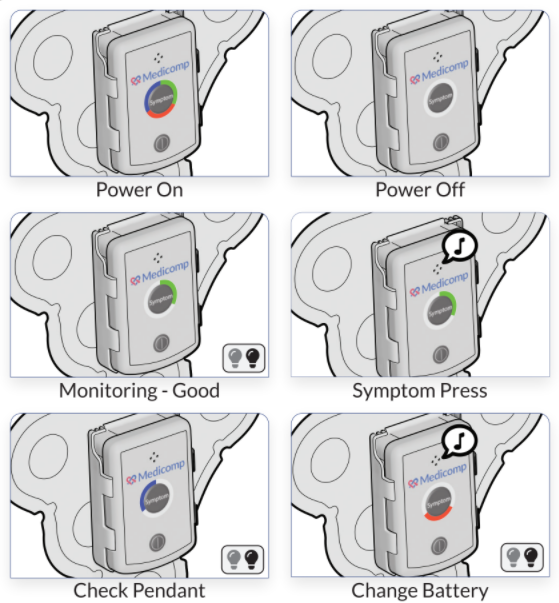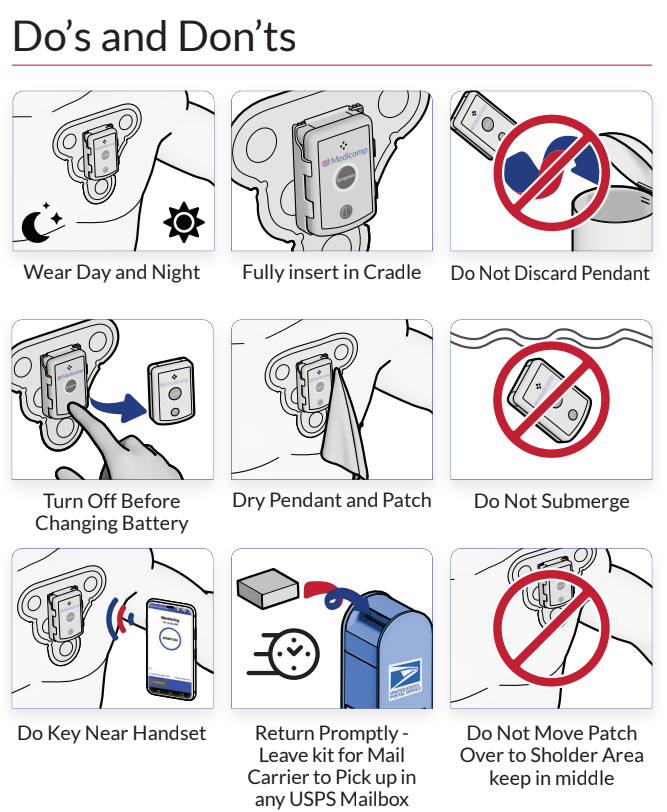In 2004, California passed a state law limiting the number of patients nurses could care for. This law could possibly be enacted nationwide, which has drawn both high praise and criticism from different sanctions. The MCT patch company, ReactDx, wishes to shine a light on both sides of this controversial nurse-to-patient ratio debate to give you a balanced viewpoint.
The Benefits
Nurses frequently suffer from burnout, chronic fatigue, depression, weight gain, and other side effects of being overworked. The physical and mental anguish of watching a patient and the patient’s family during such critical times takes its toll quickly. Mandated nursing decreases burnout rates and increases job satisfaction with a narrower nurse-to-patient ratio. And with fewer patients, nurses are able to better focus on the patients in their care to ensure their treatment is the best it can be. This improves both patient care and outcomes. Nurses are able to spend more time with each patient and develop a stronger working relationship with patients and their families. This helps patients express fears and problems, and gives them the chance to ask more questions concerning their care.
The Drawbacks
Currently, nurses are in shortage. What happens when a hospital with 100 nurses is suddenly mandated to hire 50 additional nurses? Most areas in the United States do not have a windfall of practicing nurses to fill all of those positions. Hospitals must expend great amounts of advertising money to entice nurses to join their facility, which leads to more capital expenditures to create an atmosphere more appealing than another medical facility’s.
Because of the nurse shortage, mandating nurses can cause patient wait times to be extended. If 5 emergency room nurses are only able to care for 5 critical patients and another patient needs to be admitted, what will happen? Will the waiting room be filled with patients suffering from symptoms of a heart attack and broken bones because nobody is lawfully able to care for them?
Time will tell how this idea will play out, but it certainly has drawn attention to current and future nursing situations. As physicians, you know firsthand the importance of nurses. Ensure that they have the most tools at their disposal to perform their duties properly, such as ReactDx’s MCT patches to monitor patients between visits. Read more about the latest in patient care on our blog page, and call ReactDx at 800-23-HEART for further information on our wearable cardiac monitors.



